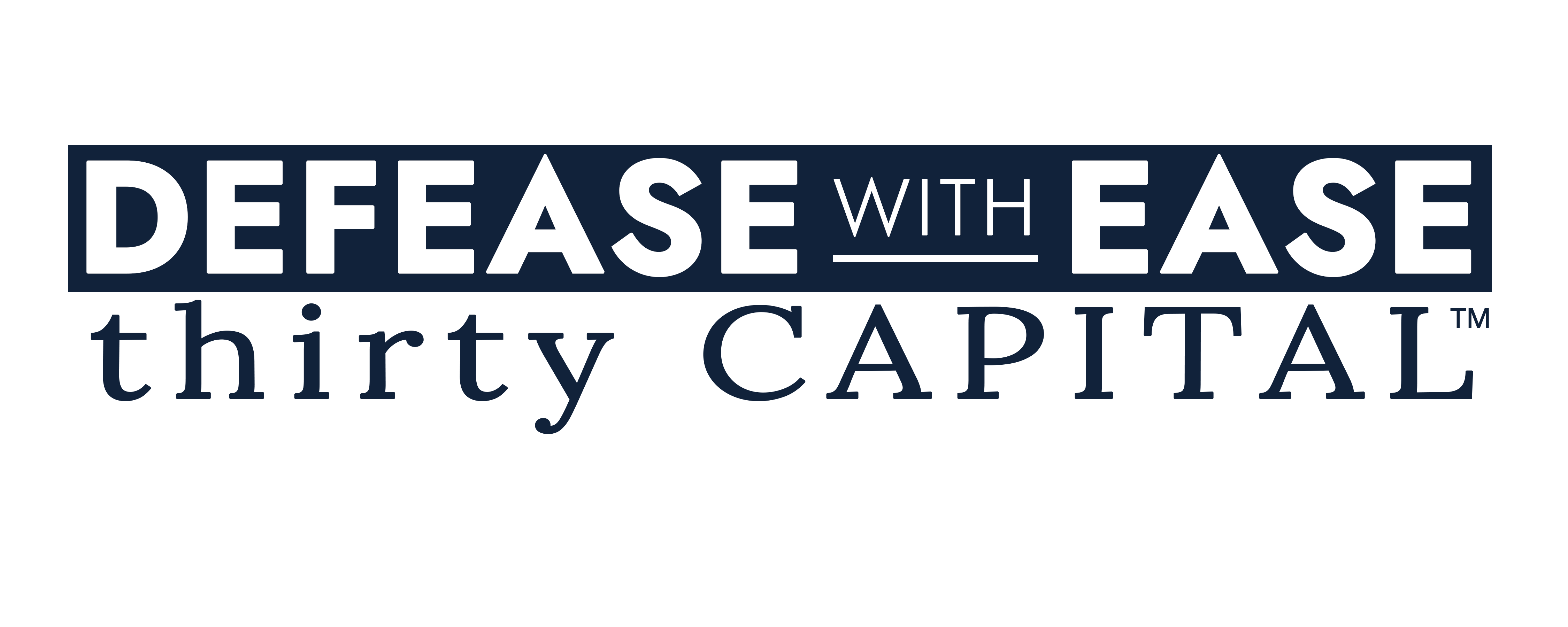How a commercial real estate (CRE) owner or decision-maker finances an asset is just as important as what they buy. The choice between fixed-rate and floating-rate debt plays a pivotal role in shaping cashflow, risk exposure, and long-term portfolio performance. In today’s rate environment, the decision isn’t binary — it’s strategic. Understanding the nuances of each structure can help CRE professionals capitalize on opportunities and mitigate risk.
In this article, we break down the mechanics of both debt types, explore their trade-offs, provide a framework to align strategy with investment goals, and show how proactive debt advisory can drive long-term value.
Fixed vs. Floating: Defining the Structures
Fixed-Rate Debt: Stability at a Price
Fixed-rate loans offer predictable interest payments for the life of the loan. Borrowers lock in a fixed interest rate, often tied to a longer-term benchmark such as the 10-year Treasury, which allows them to better track their debt service through the duration of their loan.
Pros:
- Interest rate stability: Budgeting and forecasting become more reliable.
- Hedge against rising rates: Ideal during low-rate environments when upside risk is high.
- Lender flexibility: Fixed-rate CMBS loans and insurance loans often come with longer terms (e.g., 7–10+ years).
Cons:
- Limited flexibility: Prepayment penalties (i.e., yield maintenance or defeasance) make refinancing expensive.
- Higher initial cost: Fixed rates can be priced higher than floating due to the embedded interest rate risk premium.
- Illiquidity in exit strategy: Locking in a fixed rate can backfire if the market shifts and lower-cost capital becomes available.
Floating-Rate Debt: Flexibility with Exposure
Floating-rate loans are typically tied to short-term reference rates like SOFR, plus a spread. Payments adjust to follow the respective index, creating both the potential for savings as well as the risk of higher costs.
Pros:
- Lower initial rates: Attractive in stable or falling rate environments.
- Prepayment flexibility: Often feature shorter lockout periods and lower penalties, ideal for transitional assets or repositioning plays.
- Hedging opportunities: Rate caps and swaps can be implemented to control exposure.
Cons:
- Interest rate volatility: Payments can fluctuate dramatically based on Fed policy and market sentiment.
- Budgeting uncertainty: Variable payments can impact net operating income (NOI), debt-service coverage ratio (DSCR), and investor distributions.
- Complexity: Requires active monitoring, and often supplemental hedging strategies to manage risk.
What You Should Consider Before Choosing
In short, there’s no one-size-fits-all answer. The right debt structure depends on your asset strategy, market outlook, and risk tolerance. Below are some key variables to take into consideration:
1. Investment Horizon & Exit Strategy
Your anticipated hold period and business plan should drive the decision on what type of debt to place. A mismatch between your exit strategy and loan structure can reduce flexibility and eventually cut into profits.
Example: A multifamily owner/operator plans to hold a recently acquired value-add asset for 18–24 months before selling or refinancing. Instead of a 10-year fixed CMBS loan with a hefty defeasance penalty, they opt for a floating-rate loan with an interest rate cap and limited prepayment restrictions. This gives them short-term flexibility and reduces exit costs.
2. Market Cycle Positioning
Macroeconomic timing matters. Rate strategy should be responsive to the broader economic environment, particularly central bank policy and inflation trends.
Example: A sponsor secures a loan in early 2022, expecting the Fed to raise interest rates aggressively. Based on this outlook, they opt for a fixed-rate loan at 4.50%, avoiding the risk of rates rising to 6% or higher. By locking in cost stability early, they maintain a stronger DSCR and avoid pressure on cashflow.
3. Cashflow Sensitivity
Owners and decision-makers must understand how sensitive their asset or portfolio is to fluctuations in debt service. Floating-rate loans can increase volatility in cashflow, impacting distributions and DSCR.
Example: An owner managing a retail center with tight cashflow (DSCR ~1.25x) considers a floating-rate loan. However, modeling shows that even a 100-bps rate increase would drop DSCR below 1.10x, creating potential covenant issues. Instead, they pivot to a fixed-rate structure to stabilize debt service and preserve covenant compliance.
4. Loan Type and Lender
Lender appetite, loan programs, and capital stack structure often influence what debt options are realistically available — particularly for borrowers trying to break into new asset types.
Example: A borrower seeking a 75% loan-to-value ratio (LTV) for a suburban office asset during a tightening credit cycle finds that most CMBS lenders are pulling back. A regional bank is willing to lend, but only on a floating-rate basis tied to SOFR. The borrower accepts this structure and mitigates exposure with a 2-year interest rate cap.
Hedging Tools That Shift the Equation
Many CRE professionals wrongly view fixed vs. floating as a binary decision, but the availability of interest rate derivatives changes the conversation.
Rate Caps limit the borrower’s maximum rate exposure on a floating-rate loan. These are often required by lenders and can be cost-effective if structured at the right time by watching the forward rate curve closely.
Swaps allow borrowers to convert a floating-rate loan into a synthetic fixed rate. These are useful for borrowers who want the flexibility of floating debt but want to lock in costs later.
Collars and Floors are lesser-used strategies that set both minimum and maximum boundaries, offering budget predictability with some rate exposure.
A good debt advisory partner can model multiple scenarios by pricing the cost of hedging against the potential benefit, based on current forward rates and portfolio cashflow needs.
Advisory Insight: Why This Decision is More Strategic Than Ever
With interest rate volatility at multi-year highs, the “set it and forget it” approach to debt no longer works. CRE owners and decision-makers must continually evaluate their debt strategy, not just at origination, but throughout the life of the loan. Fixed-rate debt offers stability and cost certainty, making it a strong choice for longer-term holds in more predictable market conditions. However, it can limit flexibility, especially if the market shifts and refinancing or an early exit becomes advantageous.
Floating-rate debt, on the other hand, provides greater flexibility but introduces the risk of fluctuating payments that can put pressure on cashflow and debt-service coverage. Hedging tools, like interest rate caps and swaps, allow borrowers to manage this risk while maintaining the potential to benefit from falling rates. The key is aligning your debt structure with your asset’s hold period, market outlook, and overall strategy to drive long-term portfolio success.
Want Help Evaluating Your Next Move?
At Defease with Ease | Thirty Capital, we seamlessly integrate debt advisory with expert execution. Whether you’re planning a refinance, exploring defeasance, or managing your rate cap strategy, our team delivers the data, market insight, and strategic guidance you need to make informed decisions.
Let’s talk about how your debt strategy can drive performance. Schedule your complimentary strategy session now.


